Our Product Development Services
CEnd-to-end product development —using modern tools and latest technologies
Web Development
Build high-performance, scalable web applications using modern frameworks and clean code practices. As a leading web development company, we create SEO-optimized, secure, and dynamic web apps that engage users and drive conversions.
- Custom Web Development
- Progressive Web App (PWA) Development
- Static Website Development












Mobile Development
Create cross-platform or native mobile apps with a focus on speed, usability, and market impact. Our experts use the best mobile app development software and technologies to build apps that work seamlessly on Android, iOS, or both.
- Cross-Platform App Development
- iOS App Development
- Android App Development







UI/UX Prototyping
Transform your product idea into a visual, interactive prototype. Our design-first approach ensures that your software is intuitive, user-friendly, and conversion-focused. This step helps in validating the idea early and reducing rework.
- Wireframing & User Flow Mapping
- UI Designing
- Prototype Development






Server Management
Ensure your product runs with zero downtime and maximum security. From cloud infrastructure setup to CI/CD pipelines and performance monitoring, we manage the backend so you can scale confidently.
- Cloud Infrastructure Setup
- Server Monitoring & Optimization
- Load Balancing & Auto-Scaling





When You Collaborate with GraffersID, You Gain:
Access to a dedicated team of top-tier developers, designers, and consultants delivering seamless, high-performing digital products. As a trusted software development company, we bring deep expertise in custom software development, SaaS platforms, and AI solutions.

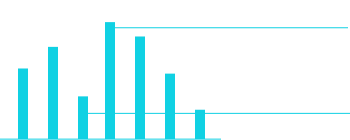
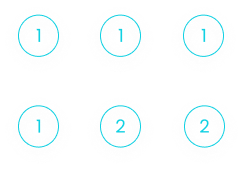
Our Product Development Process
We follow a 7-step agile development process to build products that perform, scale, and succeed.

5. Testing
Testing is not an afterthought—it’s a parallel process. Our QA engineers perform rigorous testing at each sprint, from unit tests to full regression and performance testing. Post-development, we conduct final testing to catch edge cases, eliminate bugs, and ensure production-level stability.
6. Deployment
Once tested and approved, your product is prepared for launch. We support phased rollouts, allowing you to launch with early adopters, gather feedback, and make refinements before going live at scale. Whether on cloud or on-premise, our team ensures a smooth deployment experience.
7. Maintenance
Post-launch, we provide continuous support to ensure smooth operations. This includes monitoring performance, resolving bugs, rolling out updates, and adapting to evolving user needs. Our goal is to keep your product optimized, secure, and ready for scale.
1. Requirement Gathering
Every successful product starts with clarity. We conduct detailed consultations with stakeholders to understand user needs, business objectives, and technical constraints. These insights are compiled into a formal Software Requirement Specification (SRS) document. Upon client approval, we move forward with confidence and precision.
2. Prototyping
Our design team conducts in-depth industry research and user behavior analysis to craft interactive prototypes using Google’s Design Sprint methodology. These clickable prototypes are tested with real users through Gorilla Testing to validate usability, experience, and market fit—ensuring your product resonates from day one.
3. Designing Architecture
Our product architects evaluate multiple technical solutions, considering factors like scalability, security, performance, and cost-efficiency. We define a modular architecture with optimized data flow, ensuring flexibility for future scaling and integrations. The result is a future-ready product blueprint.
4. Development
This is where the magic happens. Our expert developers follow Agile principles, breaking the product into smaller sprints or modules with defined timelines and deliverables. With pixel-perfect execution and continuous collaboration, we convert the approved prototype into a fully functional digital product.
Why Partner with GraffersID for Product Development Services
Partnering with GraffersID means gaining access to India’s top 1% software developers
As a trusted software product development company, we specialize in building custom, scalable, and AI-powered solutions for startups and enterprises.
With deep expertise in SaaS platforms, mobile apps, and offshore software development, our agile teams deliver faster, smarter, and more reliable results across time zones, helping you launch better products, faster.
Why Global Brands Trust Our Software Development Services
KARGOLOGIC
incubated By 
We collaborated with them from ideation to final product development. The prototype we built for them was selected by the Coca-Cola venture at the prototyping stage.
CAREMONITOR
Australian Digital Health Agency
The products we developed won recognition from the Australian Digital Health Agency and are now contributing to future-proofing Australia’s healthcare system.
DRINKPRIME
incubated By 
We have built products for startups funded by one of the biggest and most successful venture capital firms. Sequoia, which has backed companies like Gojek, OYO Rooms, Razorpay, Zomato, and other unicorn startups, is among them.
Our Tech Stack
Technologies we utilize
LANGUAGES
- JAVA
- .Net
- Ruby on Rails
- PYTHON
- HTML
- TypeScript
- PHP
FRAMEWORKS
- Django
- Flask
- Laravel
- CodeIgnitor
- Node.js
- WordPress
- Shopify
MOBILE
- Kotlin
- Swift
- React Native
- Android
- iOS
WEB
- Angular
- React.js
- Vue.js
- Redux
- SaaS
DATABASE
- MySQL
- MongoDB
- DynamoDB
- PostgreSQL
CLOUD
- AWS
- Digital Ocean
- Google Cloud
- Heruko
- Azure
Why Do Clients Love GraffersID?
Clients love us for our speed, reliability, and commitment to turning ideas into impactful products.
 Productive
Teamwork
Productive
Teamwork
 Attention
towards Details
Attention
towards Details
 Ownership and
Transparency
Ownership and
Transparency
 Dedicated
Project Manager
Dedicated
Project Manager
 Trackability
Trackability
 High
Availability of resources
High
Availability of resources
 Innovative
Approach
Innovative
Approach
 Clear
Communication
Clear
Communication
1-Week Risk-Free Trial
Collaborate with the resource for the first week with no obligation

Our Strong Work Ethics
Easy Team Access
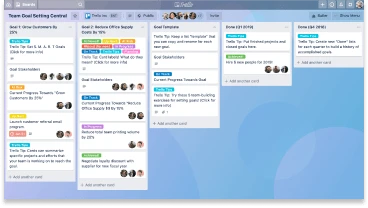
The GraffersID team is available on the same platform during working hours, ensuring seamless accessibility. Providing easy access to developers with high availability is our priority.
Task Tracking
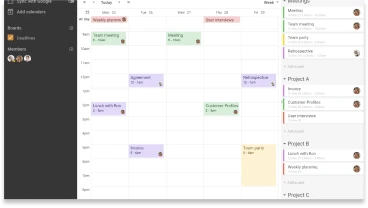
Daily tasks are well-defined and managed using task-tracking tools like Trello. You can check the real-time status of each task at any time.
Project Monitorings
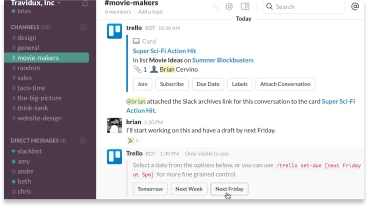
To ensure project completion within deadlines, GraffersID follows a standard process for monitoring projects, resources, and associated costs.
Team Management
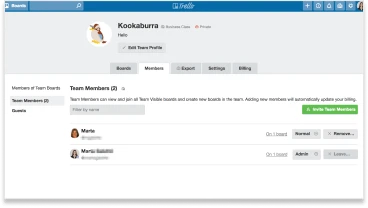
With a team of developers, designers, and experts working collaboratively, transparent team management is essential to ensure efficiency and coordination.
Discussions and Meetings

We hold daily scrum meetings to implement updates seamlessly and keep both the team and clients aligned.
Training and Upskilling
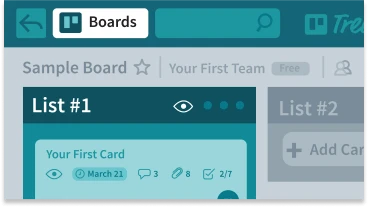
In the ever-evolving tech landscape, we continuously enhance and upgrade our team’s skills to tackle challenges effectively.
The Gap GraffersID Bridges
More Than a Partner—An Extension of Your In-House Team
Book ConsultationStill Have a question? No worries.
Frequently Asked Questions
What are product development services?
What is the product development process?
What services does a product development company provide?
What is the cost of custom software development in India?
How much does it cost to hire a software developer in India?
Success Stories
Our customers love what we do
Hire Software Developers From GraffersID
Experience the magic of seamless collaboration beyond borders.












